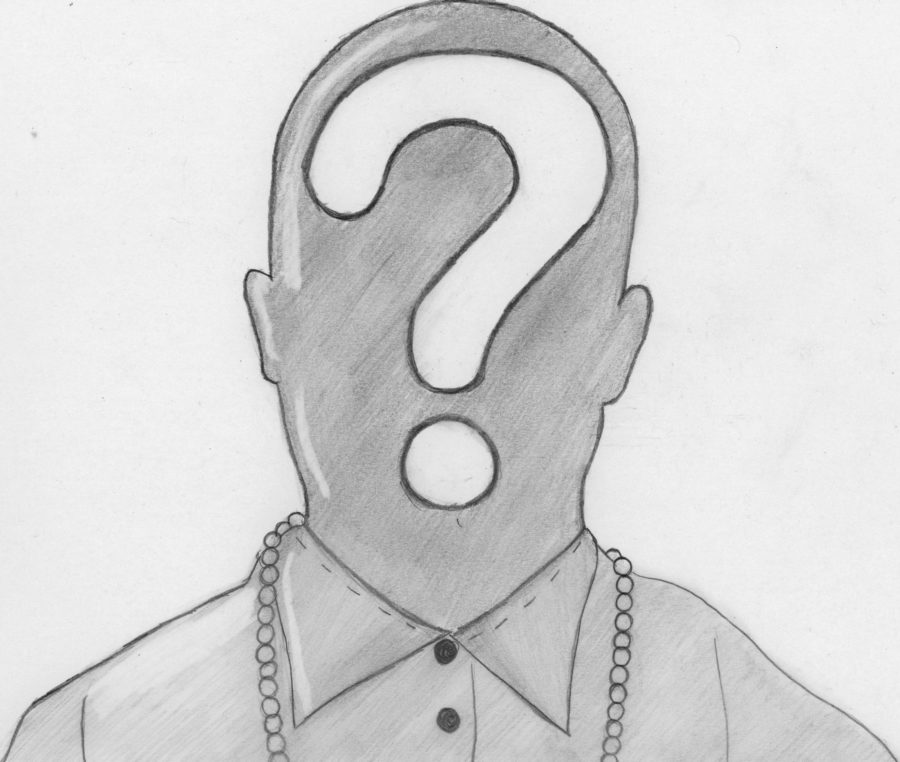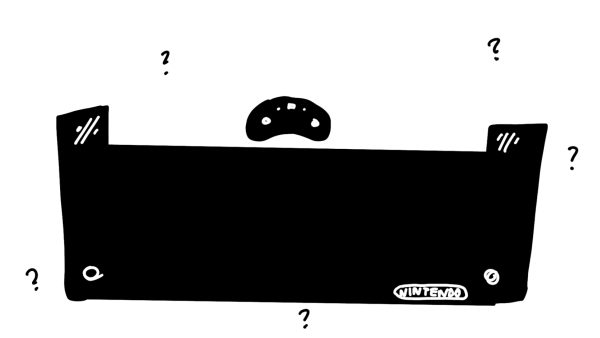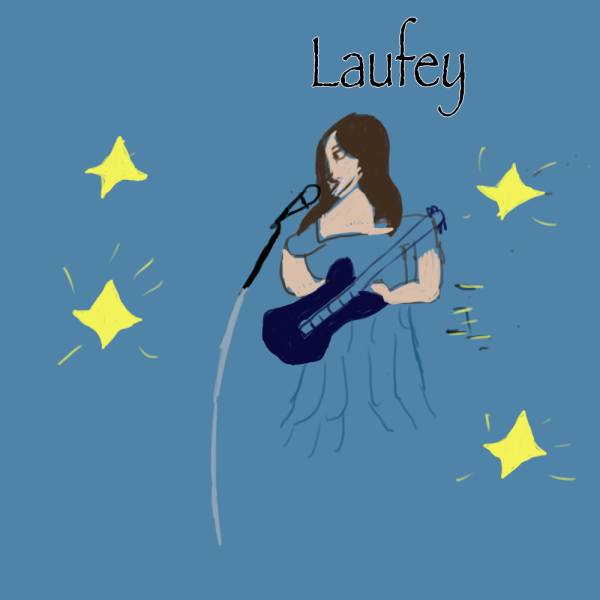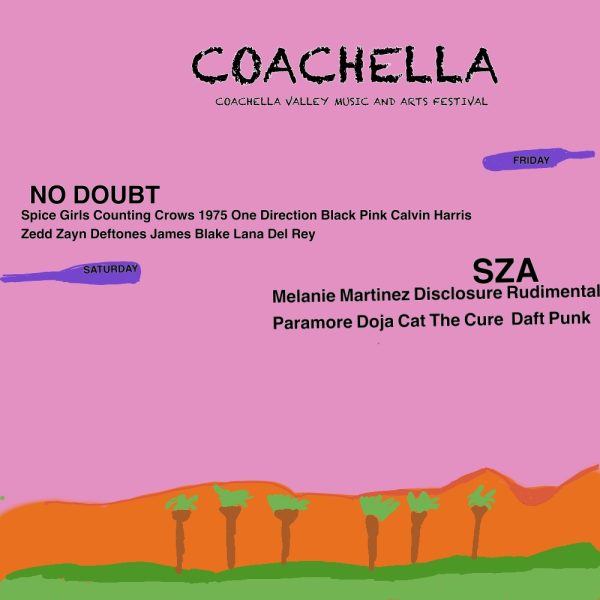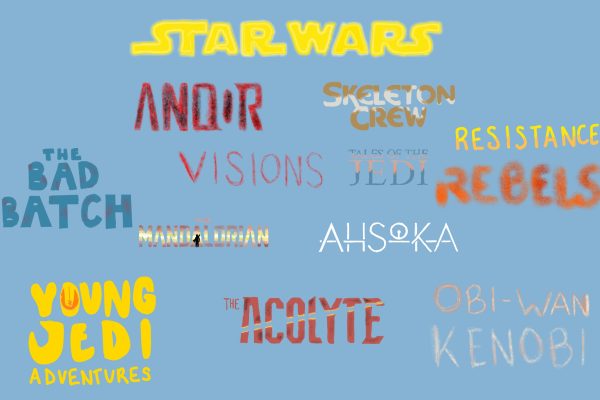Four years later Frank Ocean is back
Last August, I wrote an article about everyone’s favorite R&B mystery man, Frank Ocean, and his new album. It was never published because the album was never released. A full year later, the album is out, and it was worth the wait. The record is called Blonde, and alternatively, Blond, meant to emphasize Ocean’s duality in masculinity and femininity, and it ranges from classic new-wave R&B tracks such as Pink + White to obscure off hip-hop tracks such as Nikes and Nights to even more obscure “sounds of life” tracks such as Futura Free. The range of features extends from Andre 3000 to Beyonce. As a whole, the record is both a deeply nuanced and symbolic portrait of Ocean’s life, discussing his sexuality, relationships and struggle with a lack of purpose, and an attempt to answer to the ultimate question of life, similar to Terrence Malick’s 2011 film The Tree of Life. In form, the album emphasizes duality, as many of the songs have significant beat changes partway through and a beat/tone shift at the 30-minute mark of the exactly 60-minute long album. This, paired with the double-title, hint to the album’s themes of contradicting the sense of self. Fans would have been satisfied with just this album, but Ocean decided to release a second album in the same weekend.
As a whole, the record is both a deeply nuanced and symbolic portrait of Ocean’s life, discussing his sexuality, relationships and struggle with a lack of purpose, and an attempt to answer to the ultimate question of life, similar to Terrence Malick’s 2011 film The Tree of Life.
The album, called Endless, took the visual format. The video is a black-and-white art piece depicting Ocean building another art piece, a staircase leading to nowhere, overlaid with original music by Ocean. The music in Endless follows the same themes as Blonde, and the visuals depicting multiple versions of Ocean add to those themes of divided self. The staircase to nowhere contributes to Ocean’s themes of loneliness and his search for a purpose. Overall, both albums are beautifully executed introspective art pieces, but Ocean certainly wouldn’t stop there; the multitude of content continues.
In addition to the two albums, Ocean also released a thick magazine entitled Boys Don’t Cry, filled with art, poetry and photography curated by Ocean, and a music video for the Blonde single Nikes. The magazine’s images mainly depict decadence in modern youth culture and symbolize both the positive and negative emotional implications of such a lifestyle. It was only available in four pop up store locations in New York, Los Angeles, Chicago and London. The music video, along with visually representing the themes of Blonde, takes a critical look at the music industry with wide-angle shots, including the cameras and equipment used to shoot the video juxtaposed with images of an alienated Ocean. It also portrays a man dressed as the devil dancing in a theater. Such deep exploration of life is regretfully missing in today’s most popular releases from musical artists. The truly legendary artists in art history have, in their response to culture, created new culture. Ocean’s releases cement his place not only as modern musical talent, but as a legendary artist.



